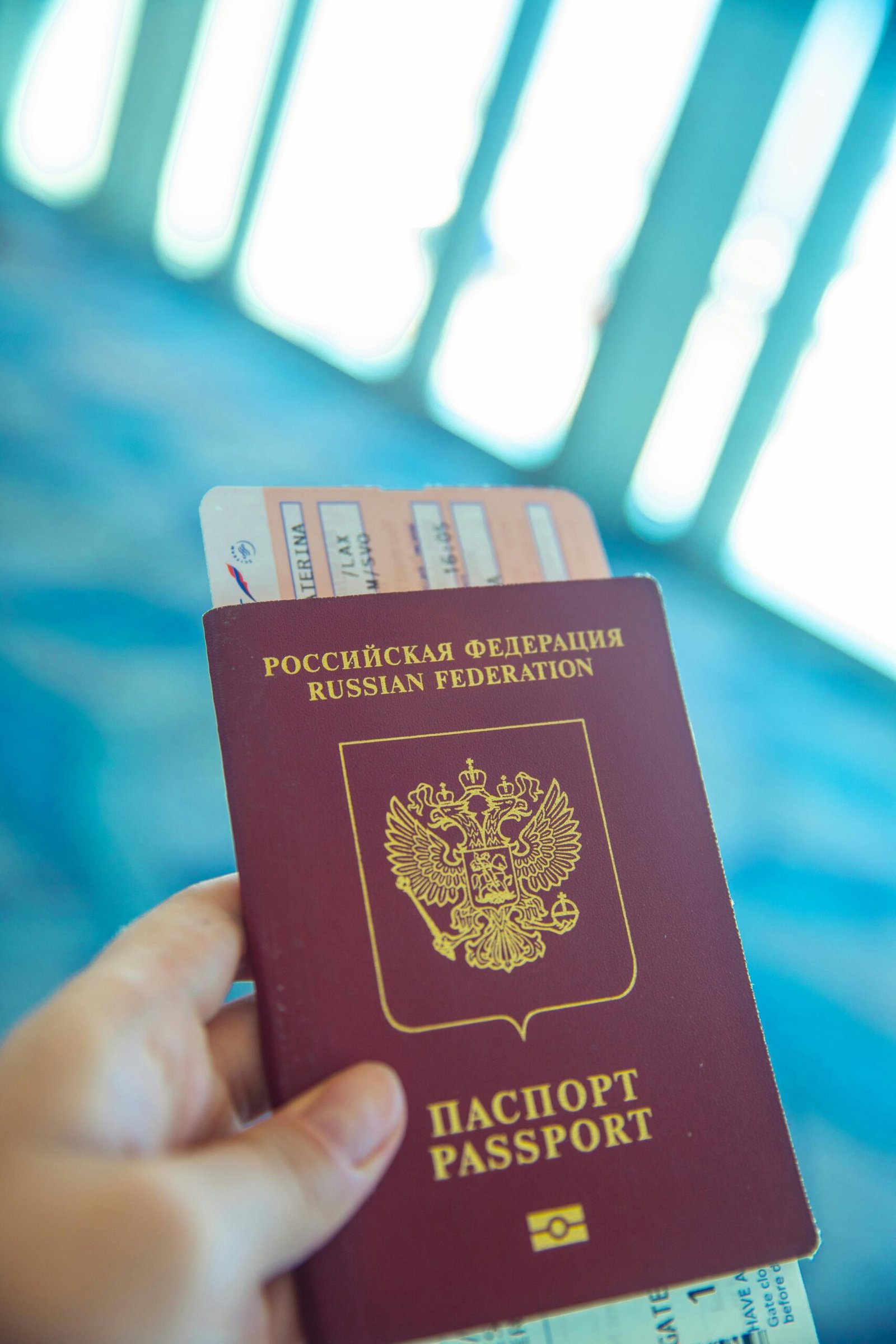Flight Changes & Cancellations: Essential Policies and Savvy Tips

Introduction
Travel plans rarely unfold exactly as scheduled. From sudden illness and family emergencies to weather disruptions, airline schedule shifts, and irresistible last‑minute deals elsewhere, the need to modify or cancel an existing reservation is common. Yet the landscape of fare rules, change fees, refund policies, and airline waivers is complex—and varies widely by carrier, class of service, ticket type, geography, and even current events.
This comprehensive guide—spanning over 6,000 words—equips you with the knowledge to:
• Decode Fare Rules: Understand the fine print behind “non‑refundable,” “refundable,” change fees, and more.
• Leverage Waivers & Exceptions: Navigate extraordinary‑circumstance waivers (weather, strikes, pandemics), irregular operations, and global events.
• Select the Right Fare Class: Choose between Basic Economy, Standard Economy, Premium Economy, and fully refundable tickets based on flexibility needs.
• Master Airline Loyalty Programs: Exploit elite status perks, award ticket change rules, and co‑branded credit card benefits.
• Use Third‑Party Tools: Employ OTAs, consolidators, and specialized apps to manage changes and maximize refunds.
• Negotiate on the Phone: Tips for talking to customer‑service reps, escalating when needed, and retaining fees.
• Avoid Common Pitfalls: Recognize hidden charges, expiration of credit, and itinerary‑wide change rules.
• Plan for the Unexpected: Include travel insurance, trip‑interruption coverage, and credit‑card protections in your strategy.
Following our in‑depth sections, you’ll find:
• A Comparative Summary Table of major carriers’ change and cancellation fees.
• A Step‑by‑Step Change Process Guide for online, phone, and in‑person modifications.
• Case Studies illustrating real‑life scenarios and best outcomes.
• Pro Tips for fee waivers, route changes, and seat upgrades during rebooking.
• FAQs addressing typical traveler concerns.
• A Pre‑Trip Flexibility Checklist to ensure you’re covered before you even click “Purchase.”
By mastering these strategies, you’ll minimize wasted dollars, reduce stress, and stay agile when life—and travel—throws curveballs. Let’s dive in.
- Decoding Fare Rules and Ticket Types
1.1 Basic Economy vs. Standard Economy
Basic Economy: The lowest‑priced bucket, offering minimal flexibility.
• Change/Cancellation: Almost universally non‑refundable and non‑changeable, even for a fee.
• Baggage & Seat Selection: Often charges apply for carry‑on, checked bags, and seat assignment—avoid if flexibility is key.
Standard Economy: Mid‑tier economy fares with set change‑fees.
• Change Fee: Typically $100–$200 domestic, $200–$400 international, plus fare difference.
• Cancellation: Often “refundable” as travel credit minus change fee, or fully refundable only on refundable‑economy sub‑fare.
1.2 Premium Economy and Flexible Fares
Premium Economy: Enhanced legroom and amenities.
• Change/Cancellation: Many carriers waive or reduce change fees; refundable for a fee or within specified windows.
• Value: For trips where flexibility and comfort justify higher base price.
Refundable Fares:
• Fully Refundable: Can cancel for full cash refund, often with no fee or minimal administrative charge.
• Semi‑Flexible: Refund minus set penalty (e.g., $100 domestic), or converted to a “systemwide currency” credit good for future travel.
1.3 Award and Partner Tickets
Award Tickets:
• Change Fees: May be lower—some programs allow free changes within a certain time window, others charge 5,000–10,000 miles.
• Taxes & Fees: Government taxes often remain non‑refundable on canceled awards.
Partner‑Booked Awards:
• Complex Rules: Changes often must be made through the airline whose miles were used—mismatched policies can apply.
• Mixed Cabin Restrictions: Changes to dates may force reissue and result in cabin‑mismatch penalties.
1.4 Third‑Party and Consolidator Tickets
OTAs (e.g., Expedia, Orbitz):
• Change Fees: OTA fee plus airline fee and fare difference; can exceed booking direct.
• Refund Processing: Often slower, requiring coordination between OTA and airline.
Consolidator Tickets:
• Bulk Inventory: May offer lower base fares but change rules stricter.
• Surcharges: Special service fee upon change, sometimes equivalent to full fare difference.
- Airline‑Specific Change & Cancellation Policies
2.1 U.S. Major Carriers
| Airline | Domestic Change Fee | Intl Change Fee | Cancellation Credit | Refundable Fare Fee | Basic Economy Rule |
|---|---|---|---|---|---|
| American | $0 (most fares)* | $0–$200 | Electronic credit; fee exceptions for FLEX fares | Zero on refundable; $200 otherwise | No changes/refunds |
| Delta | $0 (all) | $0 (all)* | Full refund to original form on refundable; digital credit otherwise | N/A | No changes/refunds, no bags incl. |
| United | $0 (all) | $0 (all)* | Travel credit for non‑refundable; fees waived for refundable | N/A | No changes/refunds, minimal service |
| Southwest | Unlimited changes** | Unlimited changes | Fully refundable—unlimited travel credit | N/A | N/A (no Basic Econ offering) |
- Some premium fares and long‑haul have fees.
** Fare difference may apply. Southwest Rapid Rewards awards can change with no fee but require points difference.
2.2 European & Middle Eastern Carriers
British Airways: Change fee applies only for lowest fare classes; flexible fares no fee; credit valid for 12 months.
Lufthansa: High‑upfront fares often waived; Basic Economy (Economy Light) no refund; Standard Economy change fee ≈€75.
Emirates: No change fees within 24 hours; thereafter $150–$300 + fare difference; refundable for fee.
2.3 Asia‑Pacific Airlines
Singapore Airlines: Change fee ≈SGD 120 (domestic), SGD 200 (intl); flexible fares have no fee.
Qantas: Domestic no fee on Flex fares; Saver economy change fee AUD 100; refund as credit minus fee.
- Waivers, Force Majeure & Exceptional Circumstances
3.1 Weather & Operational Disruptions
General Waiver Practice: Airlines often announce global or regional waivers during major storms—no change fees if flying to/from affected airports within specified dates.
Best Practice: Monitor airline Twitter feeds, call center notifications, and email alerts for waiver codes—apply automatically in many booking engines.
3.2 Health Emergencies & Pandemics
2020–2022 COVID Waivers: Nearly all carriers instituted no‑fee change/cancel policies—for most ticket types—extended repeatedly.
Current Status: Most waivers have expired; some carriers grandfather tickets purchased before certain dates—verify via airline’s COVID policy page.
3.3 Strikes, Security Alerts & Travel Advisories
Labor Actions: European carriers often waive fees for strikes by pilots or ground staff; travel advisories (e.g., terrorism warnings) may trigger IATA “force majeure” clauses.
Embassy Advisories: Monitor Department of State or equivalent for official travel warnings—airlines may allow no‑fee changes for tickets to/from designated zones.
- Choosing the Right Flexible Fare
4.1 Cost‑Benefit Analysis
Calculate Value of Flexibility: Compare incremental cost of a refundable fare vs. likelihood and cost of change.
E.g., $50 more for refundable vs. $200 change fee × probability you’ll need to change.
4.2 Hybrid Strategies
Hold‑Then‑Switch: Use free 24‑hour cancellation window on major carriers to lock in low rate, then switch to fully flexible fare if needed.
Secondary Ticket: Book a low‑cost Basic Econ for initial dates and simultaneously hold a refundable backup—cancel whichever is unnecessary later.
4.3 Bundled Services
Trip‑Flex Packages: Some carriers offer Fare Bundles (e.g., Delta Trip Flex) that include no‑fee changes, seat selection, and other perks; often cheaper than upgrading to refundable fare.
- Loyalty & Credit‑Card Perks
5.1 Elite Status Waivers
Gold/Platinum Members: Most U.S. carriers waive change fees for domestic flights; check for international exceptions.
Star Alliance Gold/Oneworld Sapphire: May grant fee waivers when booked on award or revenue tickets within alliance.
5.2 Credit‑Card Protections
Travel Insurance Riders: Cards like Chase Sapphire Reserve and Amex Platinum provide trip‑cancellation/interruption up to $10,000 per person for covered reasons.
Price Protection: Some co‑branded airline cards refund the difference if fare drops within 30 days after purchase—use to recoup change fees.
Primary Rental‑Car Insurance: While not direct to flights, bundling car and flight purchase on same card maximizes benefits and simplifies reimbursements.
- Step‑by‑Step Change & Cancellation Process
- Review Fare Rules
Check the “fare conditions” link in your confirmation email or on the airline’s website. - Check 24‑Hour Rule
U.S. carriers and many others allow free cancellation within 24 hours of booking if booked ≥ 7 days before departure. - Log In & Manage Booking
Use the airline’s website or app “Manage My Trip” section to initiate changes—often waives online service fees. - Compare Options
Evaluate same‑cabin vs. cross‑cabin availability and associated fare differences. - Apply Waivers or Elite Benefits
If a waiver applies, the system should override change fees; if not, call the airline to request manual adjustment. - Confirm & Pay
Pay any fare difference or penalty; ensure new confirmation is issued. - Track Refund or Credit
Refundable tickets return to original form; non‑refundable return as travel credit with expiration date. - Document Everything
Save screenshots of waiver notices, confirmation emails, and call case IDs in case of dispute.
- Case Studies
7.1 Last‑Minute Medical Cancellation
Scenario: Family of four booked non‑refundable domestic tickets; child falls ill 3 days before departure.
Action:
Called airline citing medical emergency; provided doctor’s note via email.
Requested and received waiver under compassionate care policy.
Rebooked for two weeks later; paid only fare difference.
Outcome: Saved 4×$200 change fees; paid $150 total difference.
7.2 Major Hurricane Disruption
Scenario: Caribbean resort week canceled due to Category 4 hurricane; booked via OTA.
Action:
Notified OTA within waiver window; applied airline waiver for travel to/from affected airport.
OTA credited full fare back to original payment minus small service fee; then booked new trip directly with airline at slightly higher peak price.
Outcome: Incurred only a $50 OTA penalty versus potential $1,000 fare loss.
7.3 Pandemic‑Era Flex Credits
Scenario: Business traveler forced to cancel international trip due to new travel ban.
Action:
Logged cancellation under airline’s COVID waiver policy; moved entire fare into eCredit valid for 24 months.
Applied credit toward multi‑city itinerary months later.
Outcome: Zero out‑of‑pocket loss; used credit for $2,000 flight with small top‑up.
- Pro Tips
- Time Your Calls
Call directly after waiver announcement; early agents may grant credit before system lockdown. - Escalate When Necessary
If frontline agent refuses waiver, request supervisor referencing published policy. - Use Virtual Credit Cards
Book with single‑use VCCs for refundable tickets—canceling instantly frees entire funds. - Monitor Travel Advisories
Government advisories (State Department Level 3+) can trigger no‑fee cancellations—even when airline unannounced. - Be Polite but Persistent
Courteous persistence often leads to exception approvals beyond published rules.
- FAQs
Q1: Can I change part of an international multi‑leg ticket?
Yes—split tickets can sometimes be changed individually, but watch for reissue fees on the entire PNR. Better to rebook the specific segment via “Manage My Booking.”
Q2: Will I get back the taxes on a canceled ticket?
Government taxes and security fees are often refundable even on non‑refundable tickets, but some facility charges remain non‑refundable.
Q3: How long do travel credits last?
Typically 12 months from original ticket issue date; pandemic credits extended to 24 months. Check your airline’s credit expiration policy.
Q4: What if my OTA goes out of business?
Your credit will be in the airline’s system but must be accessed via airline call center—keep ticket numbers and codes secure.
Q5: Are change fees going away?
Major U.S. carriers eliminated most change fees on domestic and short‑haul intl tickets in 2021; international long‑haul and premium cabins still carry fees.
- Pre‑Trip Flexibility Checklist
[ ] Review fare rules before purchase and note change/cancel penalties.
[ ] Determine if refundable or flexible fare upgrade is worth the premium.
[ ] Ensure booking is eligible for 24‑hour free cancellation window.
[ ] Use loyalty status or credit‑card protections to waive fees.
[ ] Save all confirmation emails, fare‑rule PDFs, and waiver notices.
[ ] Book directly with airline when possible to simplify changes.
[ ] Consider trip insurance or “Cancel for Any Reason” add‑on for high‑risk trips.
[ ] Set calendar reminders for eCredit expiration dates.
[ ] Verify baggage and seat‑assignment rules on new itinerary.
[ ] Pack with carry‑on only if using hidden‑city or separate‑ticket strategies.
Conclusion
Mastering change and cancellation policies transforms airfare flexibility from a source of anxiety to a strategic advantage. By choosing the appropriate fare class, leveraging airline‑published waivers, using elite and credit‑card perks, and following our detailed step‑by‑step process, you can minimize fees, recover refunds, and confidently adapt travel plans on short notice. Case studies illustrate both pitfalls and best‑practice outcomes, while our comparative tables and checklists provide quick reference at each stage of booking and rebooking. With these insights, you’ll travel smarter—secure in the knowledge that even when plans shift, your wallet and your peace of mind remain protected. Safe travels!







